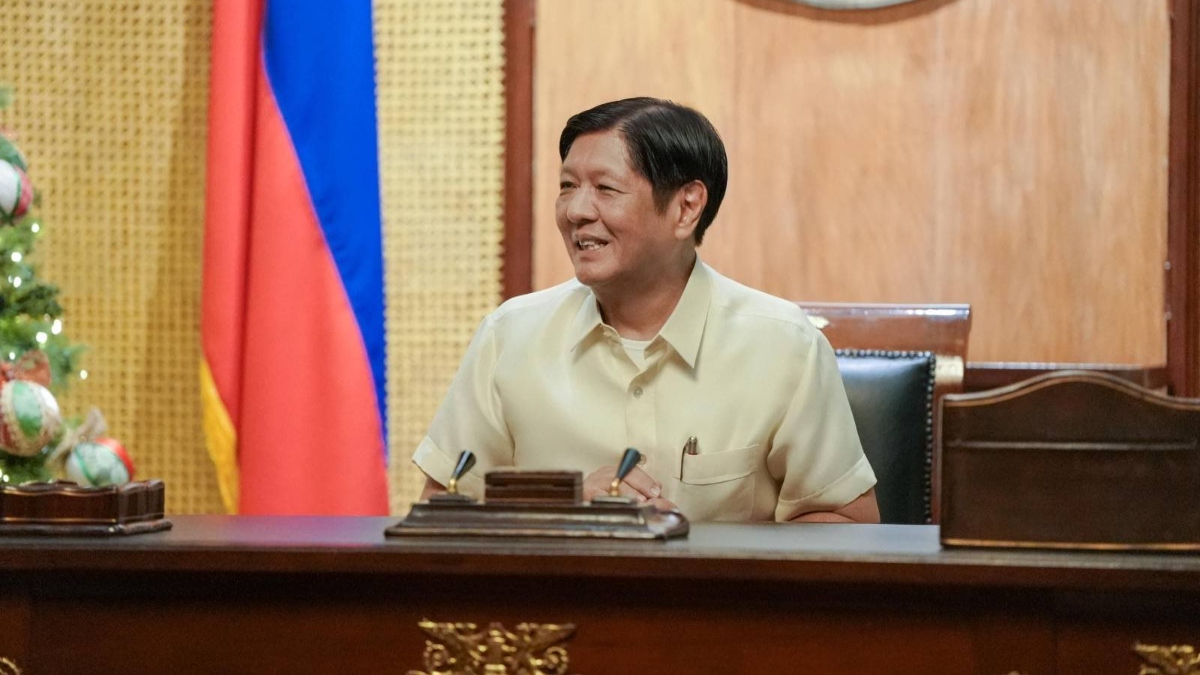President Ferdinand “Bongbong” Marcos Jr. has issued a new directive reorganizing the National Security Council (NSC), removing the Vice President and former presidents from its composition. The changes were outlined in Executive Order No. 81, signed by Marcos to ensure the council’s adaptability to evolving security challenges and opportunities both domestically and internationally.
Marcos emphasized the importance of maintaining a resilient NSC that can safeguard national security and sovereignty. “This fosters an environment conducive to effective governance and stability,” he stated in the order.
Under the new directive, the NSC will now be chaired by the President and will include key legislative leaders such as the Senate President, the Speaker of the House of Representatives, and various committee heads from both legislative chambers. It will also feature senior members of the executive branch, including the National Security Adviser, the Secretaries of Foreign Affairs, National Defense, Interior and Local Government, and Justice, among others. Additional members from the government or private sector may be appointed by the President as needed.
The NSC executive committee, a smaller decision-making body within the council, will be chaired by the President and include high-ranking officials such as the Executive Secretary, the National Security Adviser, and select Cabinet Secretaries. Representatives from the Senate President and Speaker of the House may also participate.
The NSC, initially established through Executive Order No. 330 in 1950, has undergone several reorganizations over the years. Executive Order No. 115, issued in 1986, redefined its functions and membership. In 2001, Executive Order No. 34 by then-President Gloria Macapagal-Arroyo included the Vice President as a council member.






